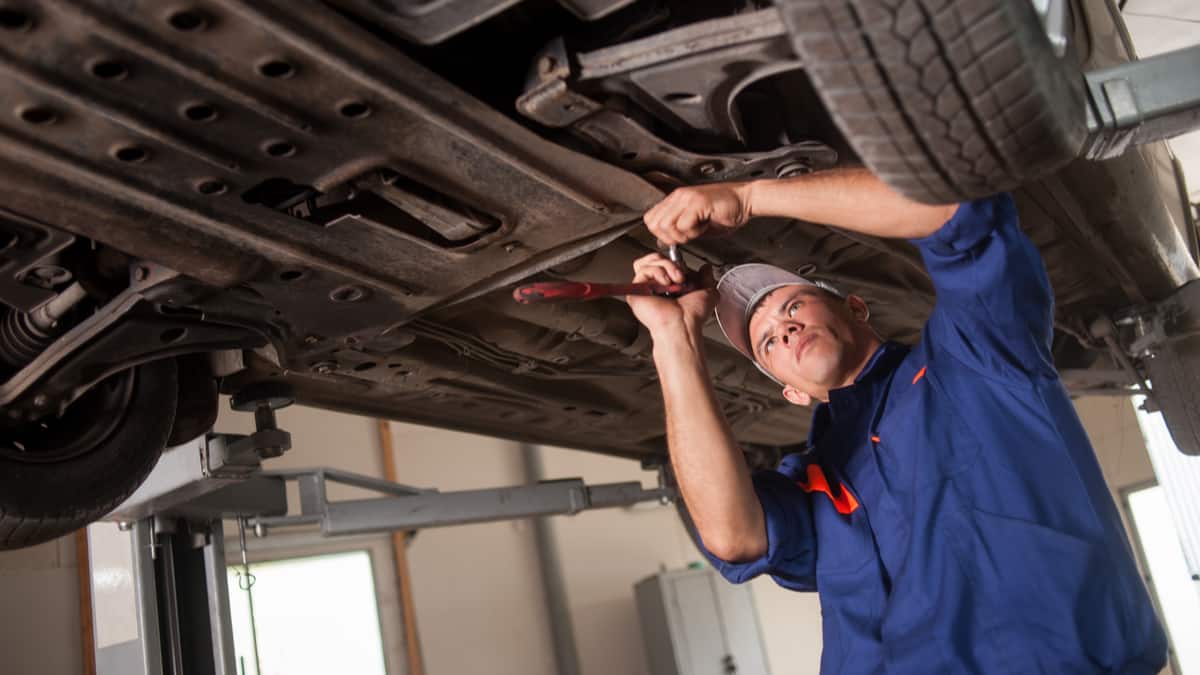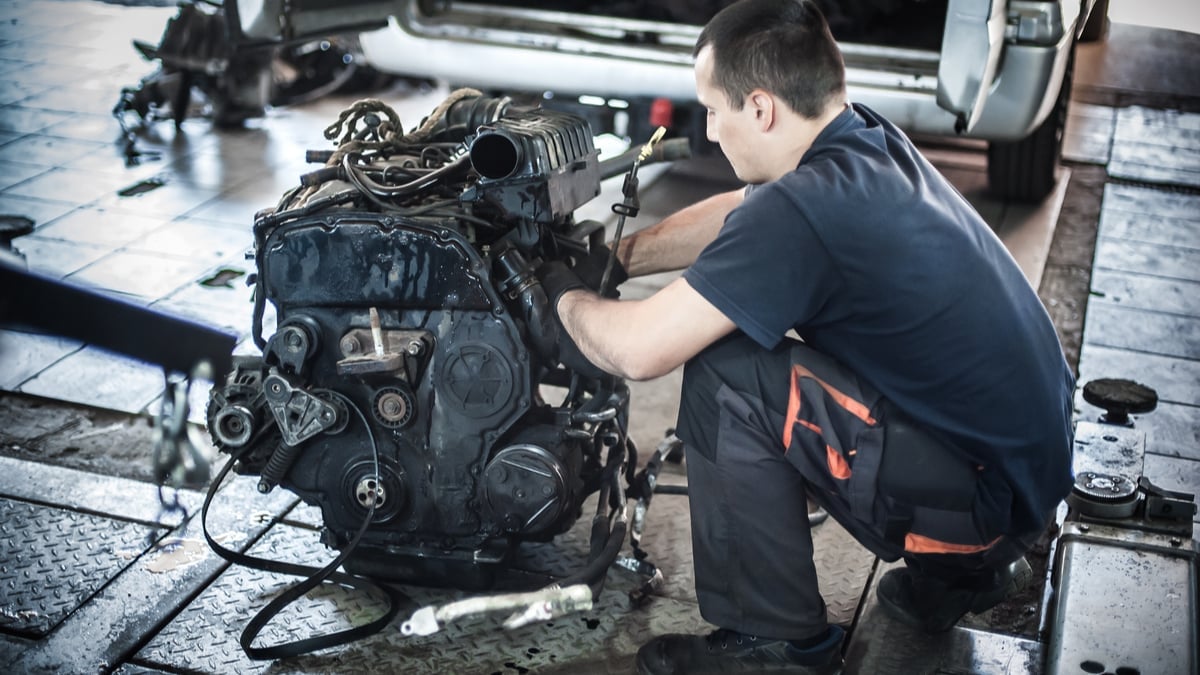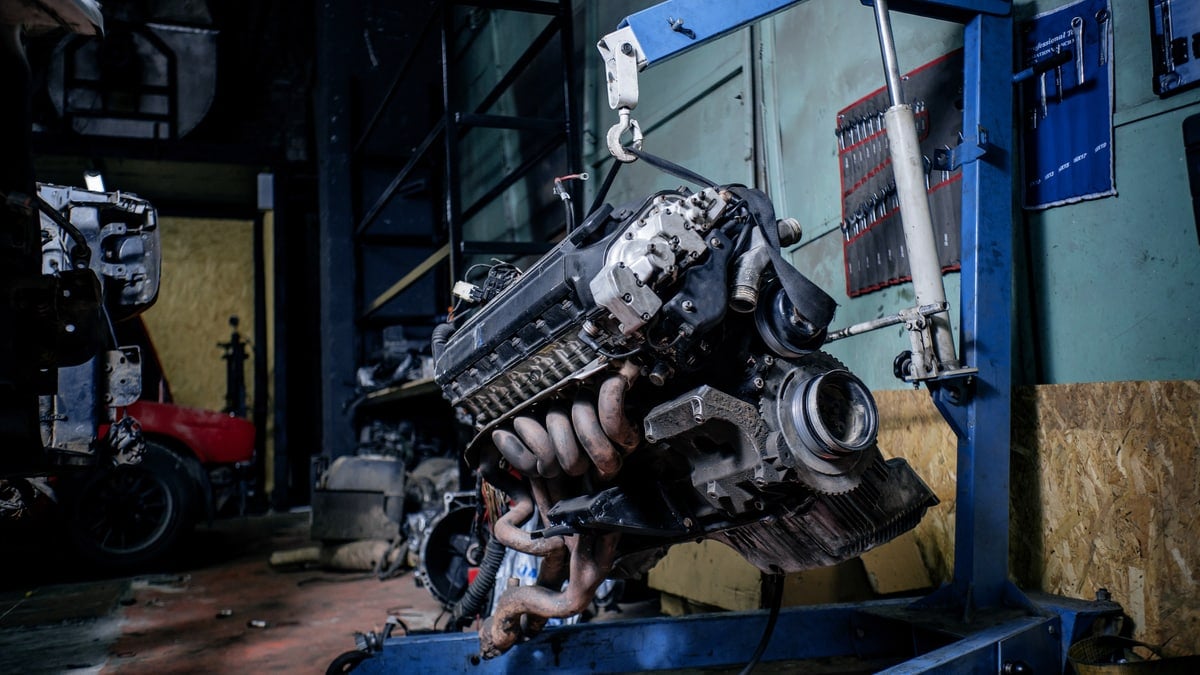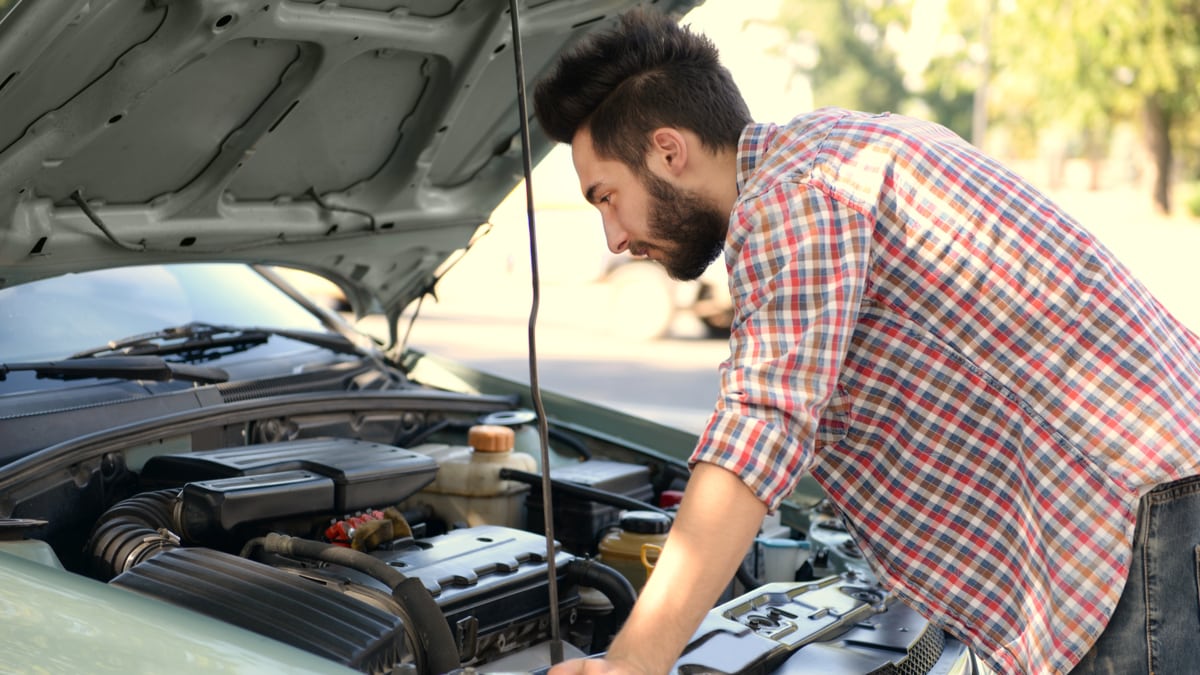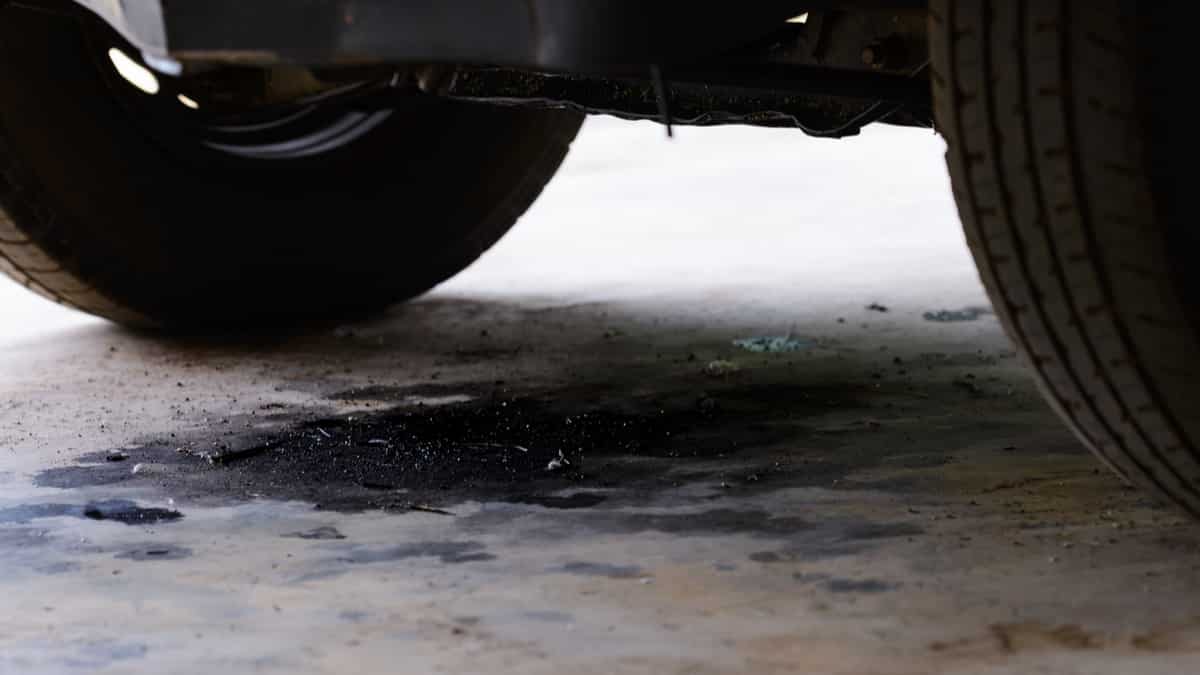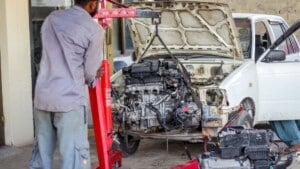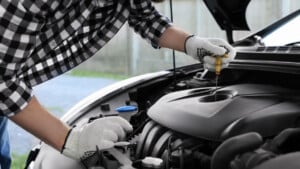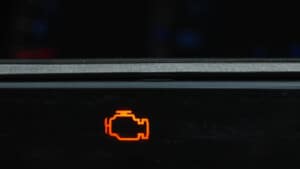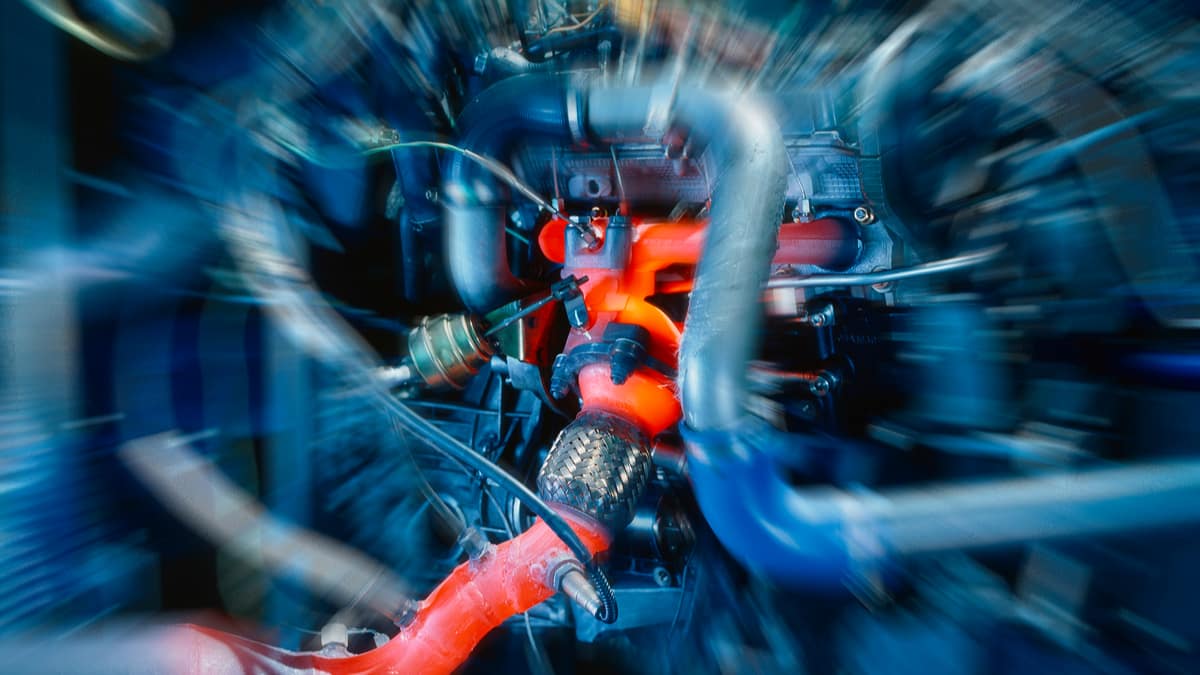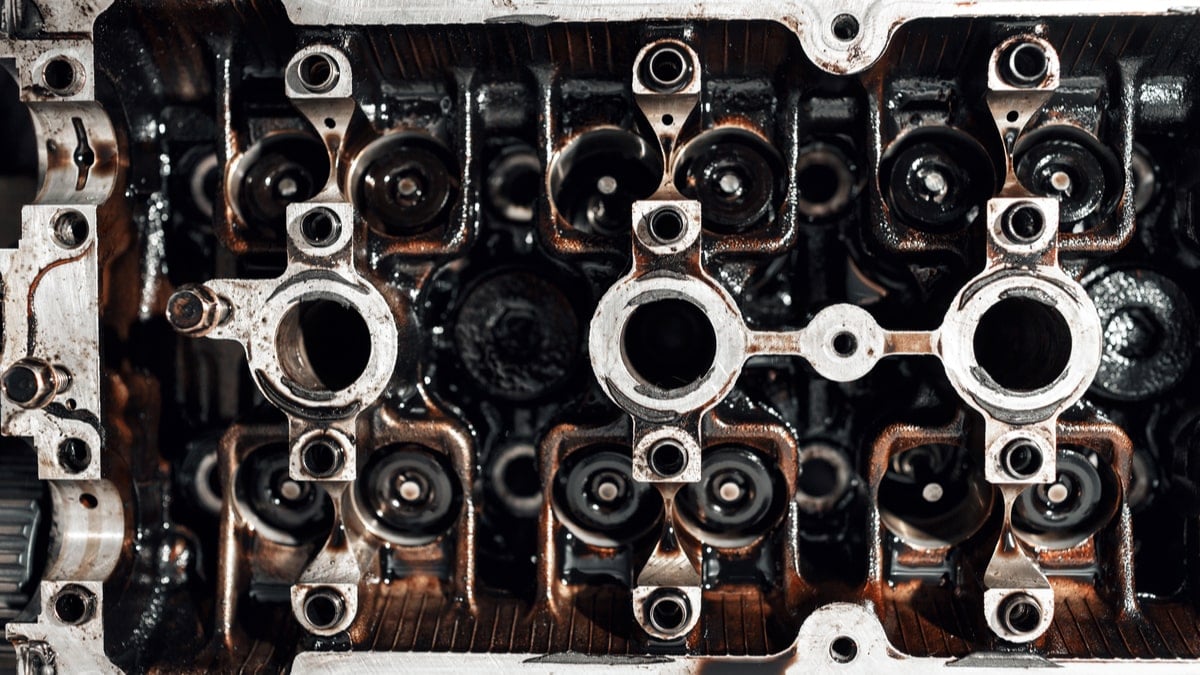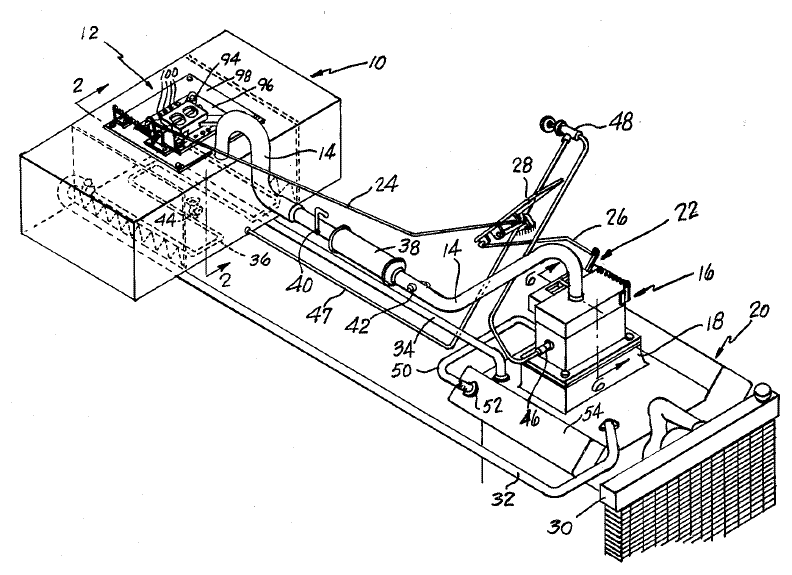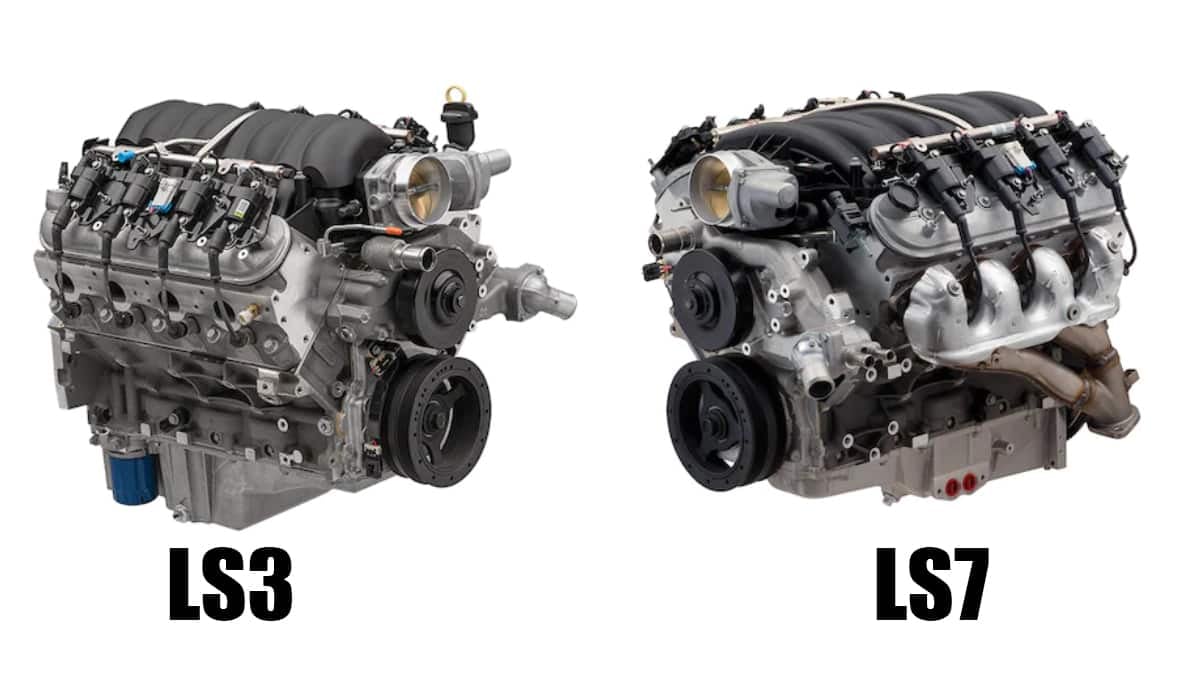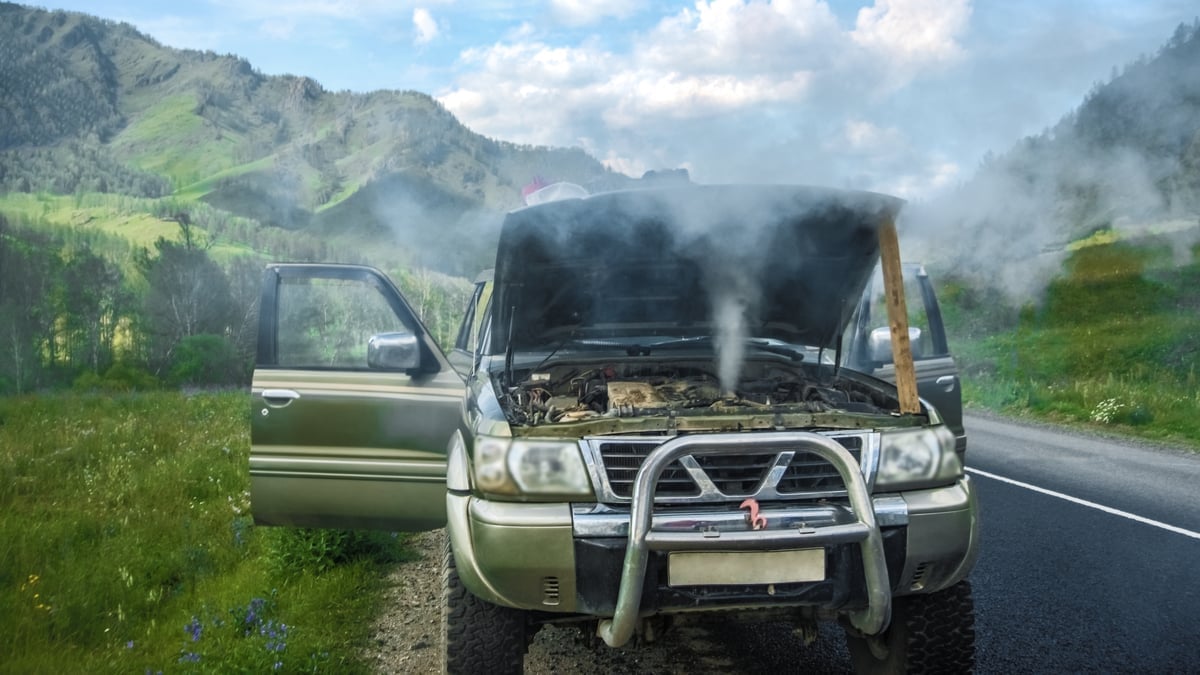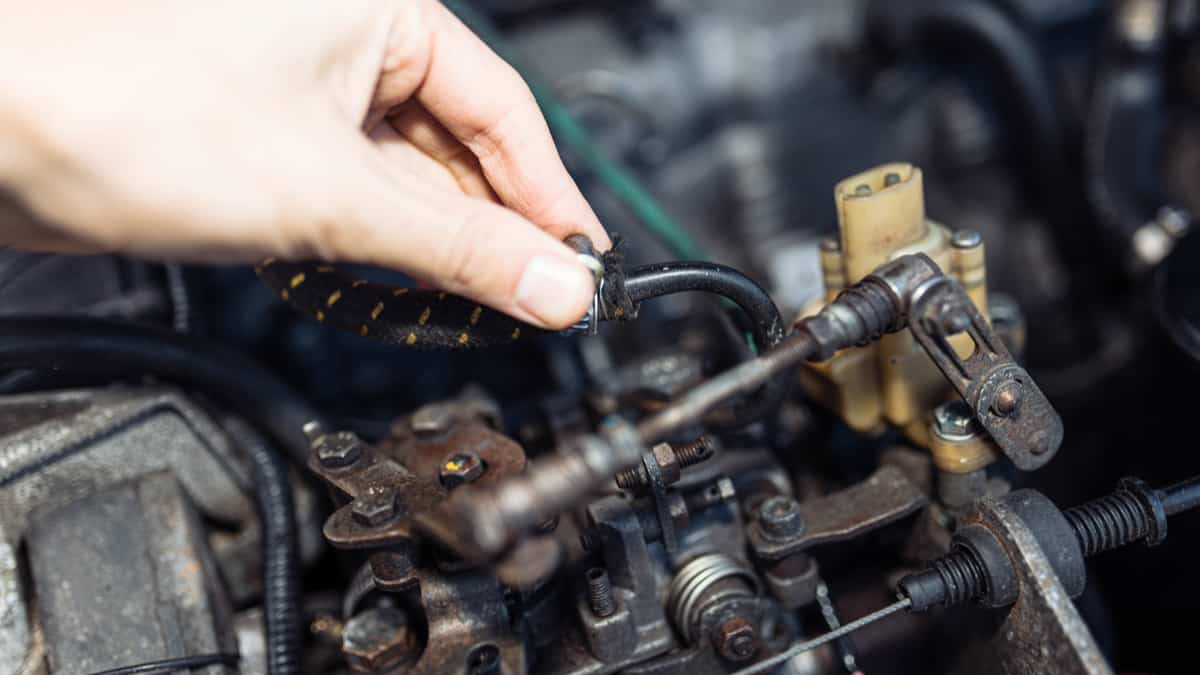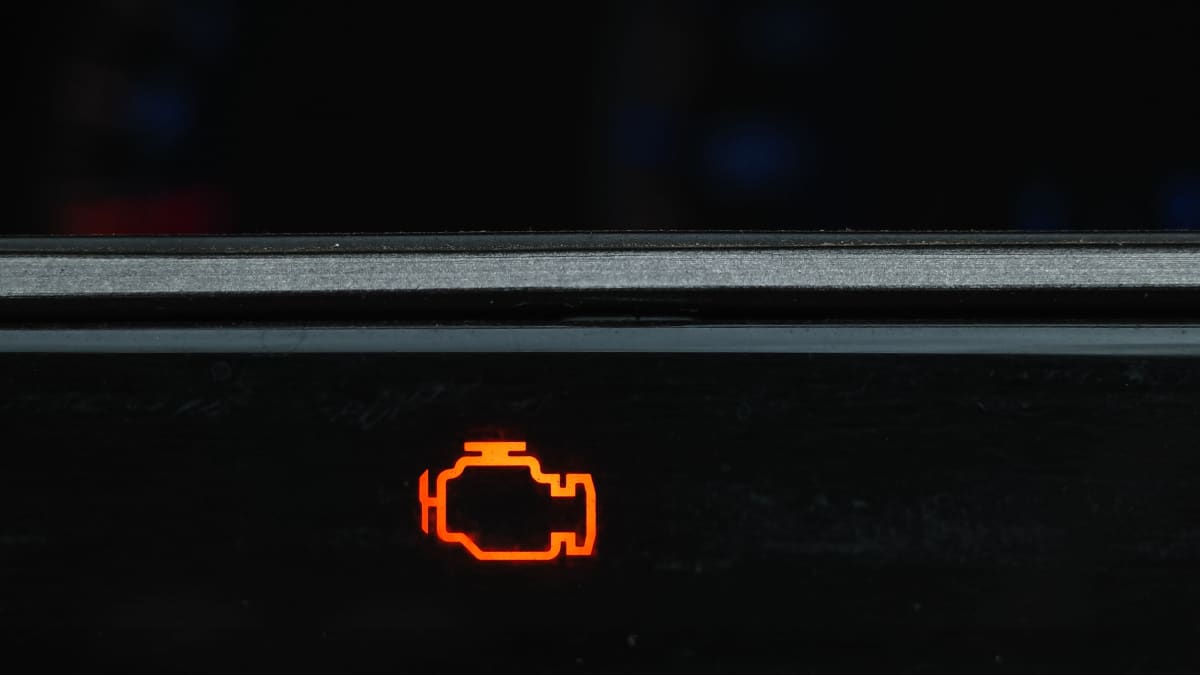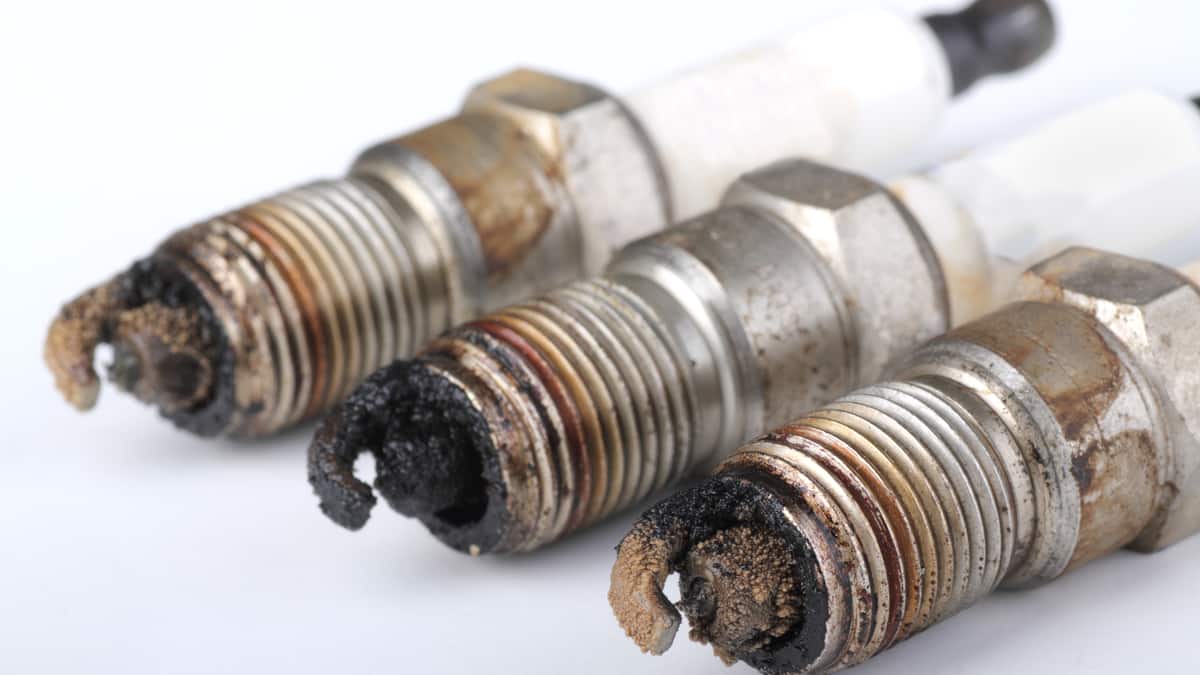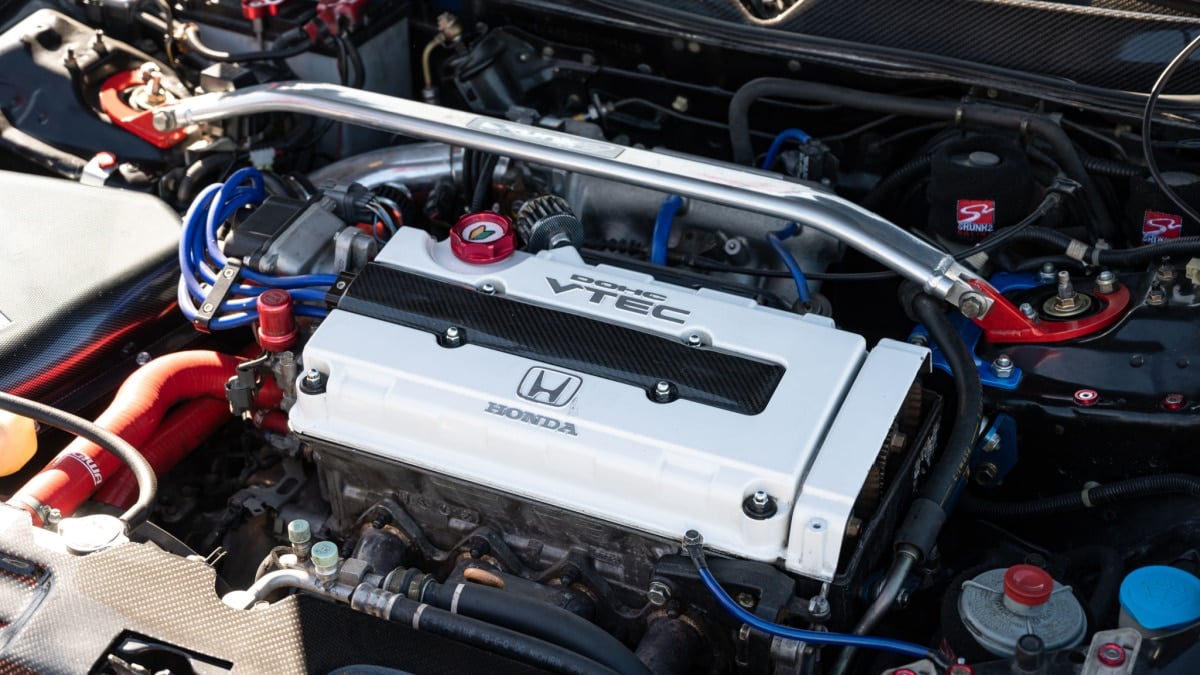Considering your car contains so many components, it can be difficult to understand what each one does. For example, what is an engine splash shield and what does it do? This is one part you probably want to know more about.
In this guide, I cover the definition of an engine splash shield. I will also examine all the ways it protects your car and discuss the replacement cost.
What is an Engine Splash Shield?
The car’s engine splash shield is known by many names. Some automakers call it a skid plate, engine splash guard, or lower engine cover. The panel is located below the engine, and it keeps the motor safe from dangers on the road. It is often also made to catch leaking fluids from your engine compartment.
With the engine splash shield in place, rocks, dust, water, and debris have less of an effect on the engine. However, the shield can easily become damaged because of its function. Therefore, it might require replacement on occasion. Still, replacing the engine shield is a far better option than replacing an engine or transmission because of road damage.
Benefits of an Engine Splash Shield
1. Protects Against Dust
Dust is the enemy of most car parts, especially the transmission or engine. If dust were to get into either of these vital components, efficiency would be lost. When dust infiltrates these parts, water can also come with it, leading to corrosion or rust.
Additionally, you have to watch out for sand or salt exposure, which is more common during the colder months. Both of these are prevented from infiltrating the engine because of the splash shield.
2. Protects Against Impact
As you travel across the road, you know that there are many objects that are ready to cause severe damage to the parts under the vehicle. The top of the engine gets protection from the hood, so the shield is needed for the lower portion.
If there wasn’t a shield in place, you would do serious damage every time you hit a curb or pothole. Plus, the random stones kicked up on the road would hit the engine and lead to catastrophic problems. Not only could the engine start leaking oil, but you could also end up stranded on the side of the road with an inoperable car.
Today, most engine splash shields are made of plastic unless you have an offroad vehicle, so the protection against hard objects is limited.
3. Off-Road Protection
If you plan to take your vehicle off-road, you need protection. Consider the rocks, boulders and logs you will encounter on the trail.
With a splash shield on the engine, these dangerous hazards won’t harm the powertrain. That’s why most off-road vehicles use beefed-up skid plates and equipment for maximum protection.
4. Reduces Corrosion
If dust and water can infiltrate the engine or other vital parts, corrosion is sure to follow. The last thing you want to deal with is rust on the engine.
While the hood protects the top of the engine, you need a splash shield underneath to keep it safe from that angle. As you drive across wet or snowy roads, the moisture won’t end up inside the engine, ensuring that it lasts as long as possible.
5. Catches leaking fluids
Many splash shields today are made with a special material that soaks in liquids that leak from the engine. You may have noticed this if you removed a splash guard earlier and you were surprised by how heavy it was. It can actually suck in a lot of fluids like engine oil, coolant, power steering fluid, etc, that leak from the engine compartment.
Although it is not a permanent fix for your leaking engine, it will prevent liquids from leaking onto the roads, where it can be potentially dangerous to the environment and road safety.
RELATED: Car Leaking Fluid? (How to Identify The Liquid)
6. Easy to Replace
When you consider how difficult it would be to replace the transmission or engine, you will love how simple it is to put on a new engine splash shield. Even though there are multiple types available for every car, the installation is never that difficult.
You can choose metal or plastic splash shields and still face the same type of installation. With a few screws in place, the installation is complete.
However, if your vehicle didn’t come with a splash shield, you may have to perform some welding to get an aftermarket skid plate installed. This procedure can be a little cumbersome and expensive.
Metal vs. Plastic Engine Splash Shield
How do you know whether a metal or plastic engine splash shield is the ideal option for your vehicle? Both options have advantages and disadvantages to consider.
A plastic engine splash shield is the more affordable option, and most newer cars come with a plastic shield. However, it’s not going to be nearly as strong as a metal shield. Because plastic is a soft material, it is more prone to breakage. You can expect damage to occur more frequently than with a metal shield. This is a factor to consider if you don’t want to pay for another shield or deal with another installation down the road. If you put on multiple plastic shields over the life of the vehicle, you might have saved more money using a metal option.
A metal engine splash shield is going to cost more because of the expensive material. However, the lifespan of these skid plates far outweighs the plastic varieties. If you are driving off-road or on rough terrain, you will better protect the engine with a metal shield. In these cases, it’s often worth the added cost to ensure the precious components are protected. You need to consider that these are often much heavier, though.
Engine Splash Shield Replacement Cost
The average engine splash shield replacement cost is $25 to $150 if you are installing a plastic one. If you choose a metal engine splash shield, you might spend $75 to $250 instead.
However, this slightly added cost is far worth the expense when you look at the vital components it is protecting. You don’t really want to skimp when trying to keep the engine or transmission protected. Check if there is a metal shield available for your car model and consider choosing it instead of plastic.
If you can replace the engine splash shield on your own, you won’t be responsible for any labor costs. With a car jack, jack stands, a socket wrench, a screwdriver and the right bolts, you can have the new shield in place within an hour or less. If you can’t do it on your own, you might spend another $65 to $200 in labor charges. This estimate doesn’t factor in the cost to weld if there isn’t an existing splash shield in place. However, you shouldn’t have to replace the engine skid plate often.
Categories: General, Maintenance
